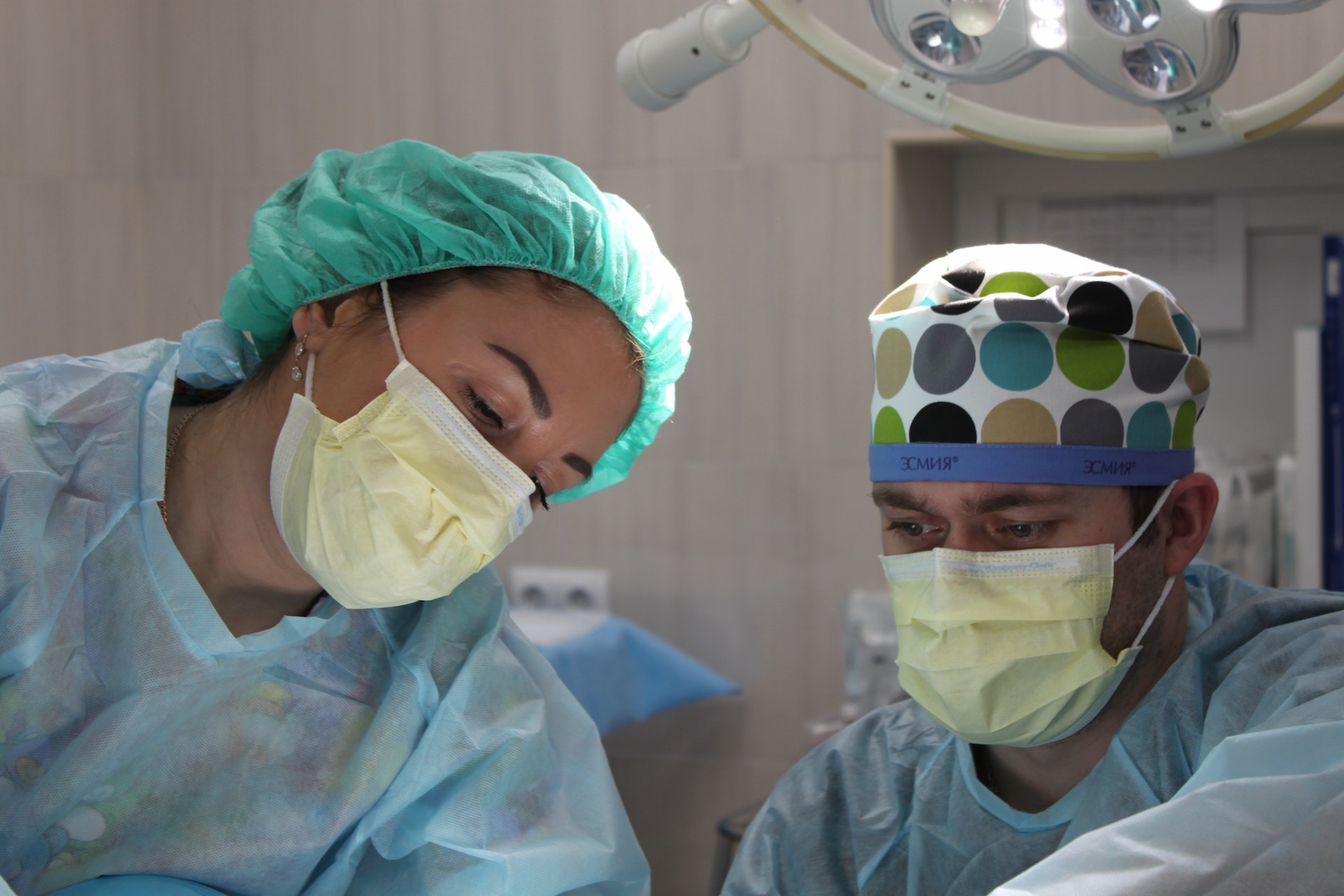 As Christmas is just around the corner, we all need to be in tip top condition for braving the great outdoors. Getting battered by merciless cold gales, paired with endless queues in shops has somewhat taken away the seasonal jolliness I enjoyed as a kid. Putting my Ebenezer mindset away for a brief moment, Christmas is easily stressful enough without having to worry about receiving an injury of any kind – particularly if this injury is through work!
As Christmas is just around the corner, we all need to be in tip top condition for braving the great outdoors. Getting battered by merciless cold gales, paired with endless queues in shops has somewhat taken away the seasonal jolliness I enjoyed as a kid. Putting my Ebenezer mindset away for a brief moment, Christmas is easily stressful enough without having to worry about receiving an injury of any kind – particularly if this injury is through work!
One of perhaps the simplest and indeed easiest ways to injure yourself at work is through handling equipment or objects dangerously. Your back, although collectively one of the strongest parts of your body as the core, is worryingly easy to injure through lifting and manoeuvring heavy or awkward objects. It is important to realise that when lifting an object, it is not necessarily its weight which predominantly injures, but how you attempt to lift it as well.
Through awareness of how easy an injury such as this is to sustain, it has now become a priority for employers to follow strict rules and procedure highlighted under the Manual Handling Operations Regulations 1992 when employing individuals and introducing them to the workplace.
The primary responsibility for an employer to their employees is to ensure working conditions at all times are as safe and free from risk as much as possible. With this in mind then, it is a generally adopted principle that any activities in the course of employment which involve lifting of heavy or awkward objects should be restricted as much as possible.
If there are any objects where there is no alternative but to lift them, a safety and risk assessment must first be undertaken to assess the best possible way to manoeuvre the apparatus and to identify whether the action of lifting the object carries any risks to the participants involved. If all this has been acknowledged and you as an employee are asked to lift such an object, it is the responsibility of the employer to provide thorough and reasonable training in how to lift the object safely.
In further reference to this training, for job titles where the probability of lifting equipment is higher, the training accompanying this vocation must be not only far more detailed, but also an employer must ensure that regular refresher training is consistent within their employees line of work. This is important not only to keep injuries down to a minimum, but also to review what effects the working conditions are having on their employees to see whether these working conditions need revaluating and improving; keeping ahead of the game in the process.
To conclude then, manual handling injuries at work are worryingly easy to suffer if there has been a failure by your employer to provide safe working conditions and training. Therefore, if you have received no such training or otherwise in your line of employment, it may be worth addressing this matter to your employer as soon as possible. For the time being however………….MAKE SURE TO LIFT WITH YOUR LEGS!

 As Christmas is just around the corner, we all need to be in tip top condition for braving the great outdoors. Getting battered by merciless cold gales, paired with endless queues in shops has somewhat taken away the seasonal jolliness I enjoyed as a kid. Putting my Ebenezer mindset away for a brief moment, Christmas is easily stressful enough without having to worry about receiving an injury of any kind – particularly if this injury is through
As Christmas is just around the corner, we all need to be in tip top condition for braving the great outdoors. Getting battered by merciless cold gales, paired with endless queues in shops has somewhat taken away the seasonal jolliness I enjoyed as a kid. Putting my Ebenezer mindset away for a brief moment, Christmas is easily stressful enough without having to worry about receiving an injury of any kind – particularly if this injury is through 









